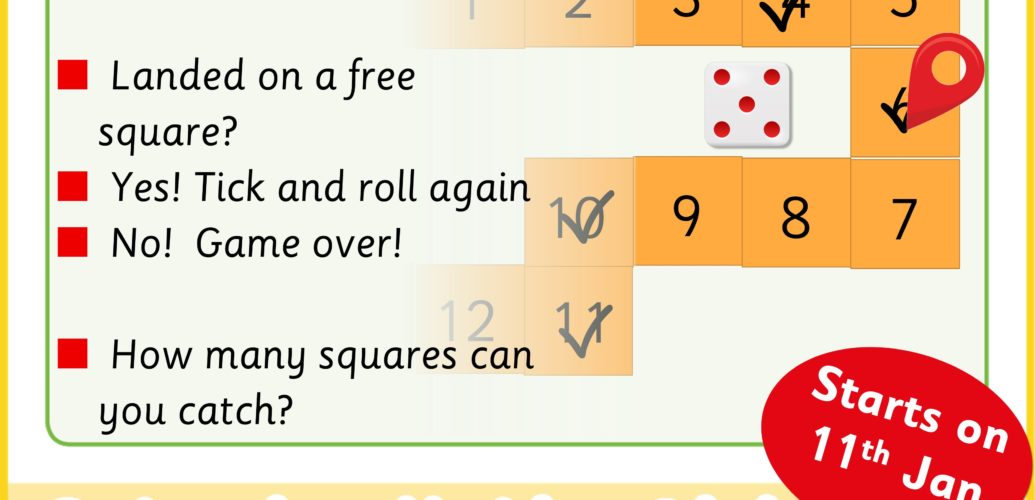Number sense is the ability to work with simple numbers in a more sophisticated way that allows you to do more complicated things. We saw last week that on average we are not able to tell numbers of objects bigger than 4 or 5 on sight. To see amounts such as 10 or 12, we’d have to use memorised arithmetical facts to help us. This is an idea that we see a lot in developing number sense. Few people (even really great mathematicians) have brains that are able to process numbers very well. They just have strategies that allow them to use their limited capacity more efficiently. These strategies are the basis of good number sense.
Counting objects is a really important and valuable skill in our society. Recording amounts is also really important. Children learn these skills in stages. They start by learning the number words as a kind of song often. They get the order of numbers but no sense of what a number is necessarily. It allows them to move on to counting though which allows 1 to 1 correspondence to be developed and the comparison of different amounts. To be able to move on to addition and subtraction, there is a stage that children need to go through, which is counting on from a number and counting back from a number. My daughter is at the stage where she adds up by recounting all of the objects from the beginning rather than starting at one number and counting on from there.
Addition can be seen as a short cut for counting if you happen to know or have recorded the numbers that you’re dealing with. If you learn addition and subtraction without this as a basis, you are likely to develop difficulties before too long.

This is a game that you can play to practise and get used to the skill of counting on and counting back. It’s similar to any board game that uses dice and a number track of some kind.
The way of playing is really simple. Each turn you throw a die and count on or back that number of places. You make the square that you land on with a counter or other kind of marker and play again. Keep going until you land on a square that already has a counter.
Here’s an example game.






Start on 0 by putting a counter there.
Throw the die. In this case we got 2 and so will have to count on 2 spaces.
Now we’re on 2, we start again and throw the die.
This time we get 4 and so still have to move on 4 places.
So we are on 6 and throw a 1. We can count on or count back. Let’s try counting back 1
That puts us on 5. We throw another 4. We could count on or count back again this time. Let’s count on
That takes us to 9. We throw again and get a 5. We can’t count on this time so let’s count back.
We land on 4 and throw a 2. This time we can’t move on or move back as both squares have a counter on them. That means our game is over. We got a score of 6 (if you are keeping score) counters!
Once children are familiar with this game, you can add more complexity. They can start to count on without moving the piece. Let’s say that they are on square 4 and throw a 3, they can practise holding 3 fingers up, saying 4 and then counting on and with each new number, count off a finger. They should come up with 7 (with practice) and can check by counting on the game board.
To play this regularly, it’s great if children get to design the board. You can cut out squares and get children to add drawings and special things that happen on squares and develop your own version of the game. That will make them much more willing to play the game.
Download the example game boards and instructions to get started.


